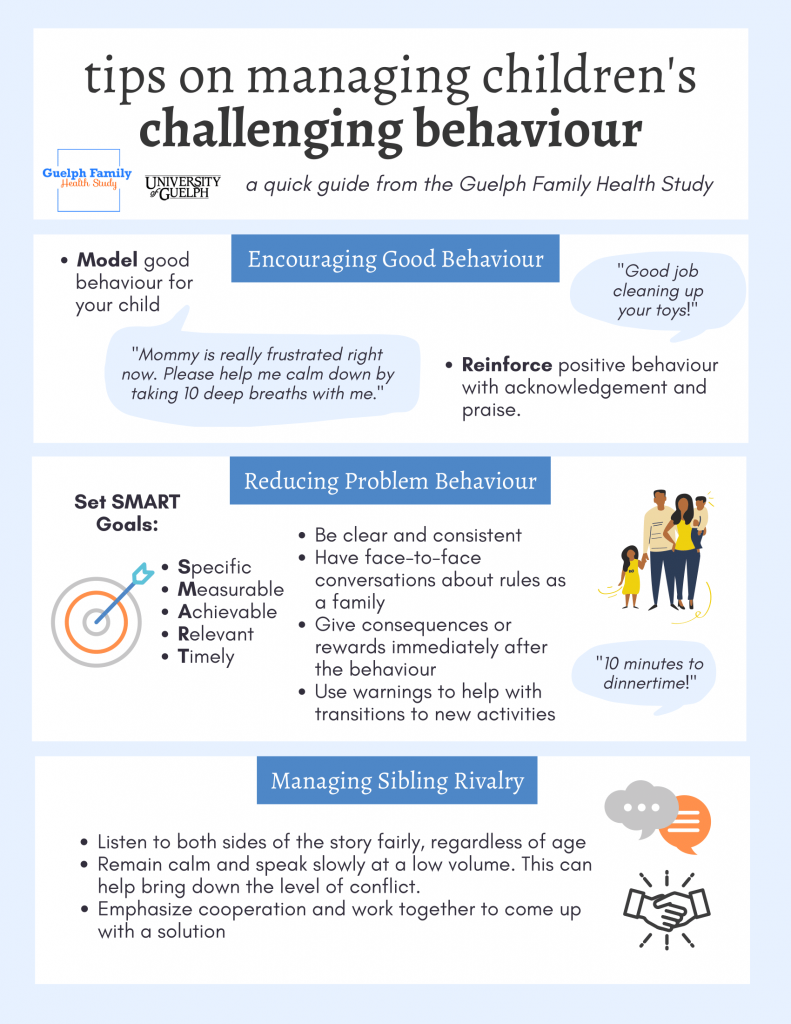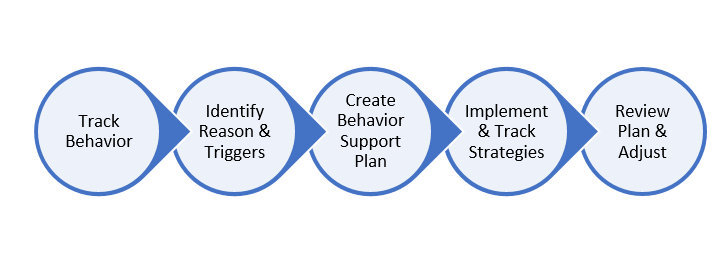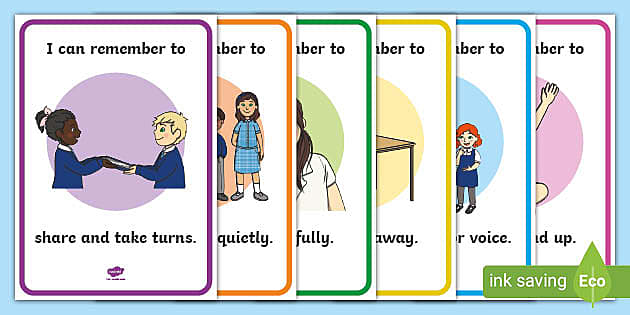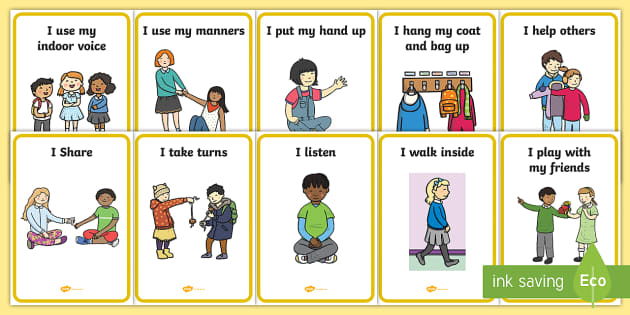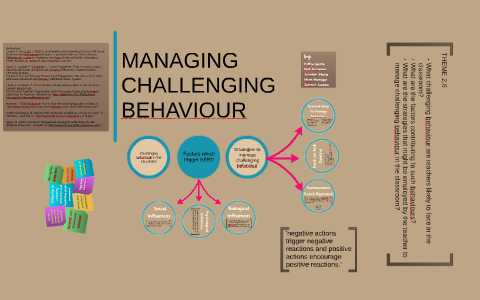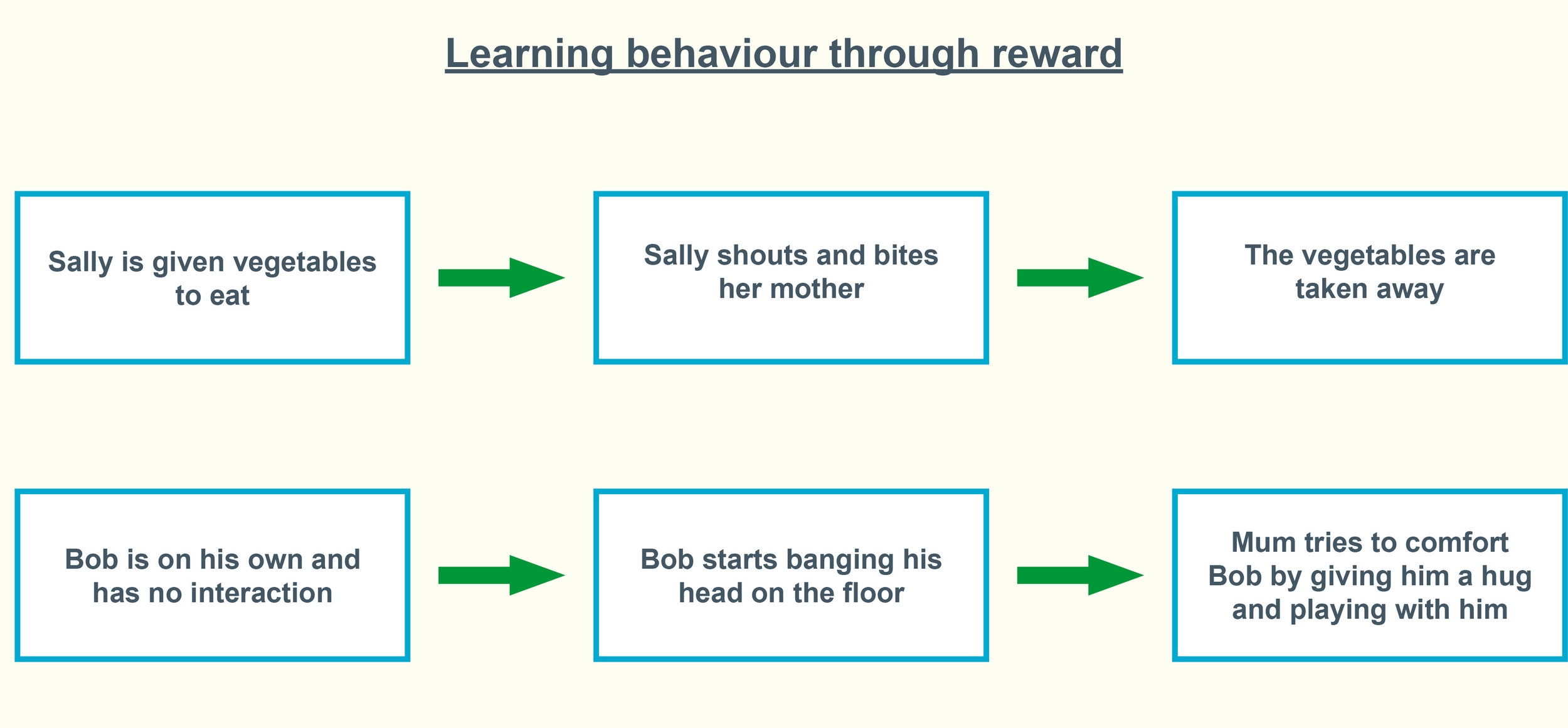Here’s A Quick Way To Solve A Info About How To Handle Challenging Behaviour
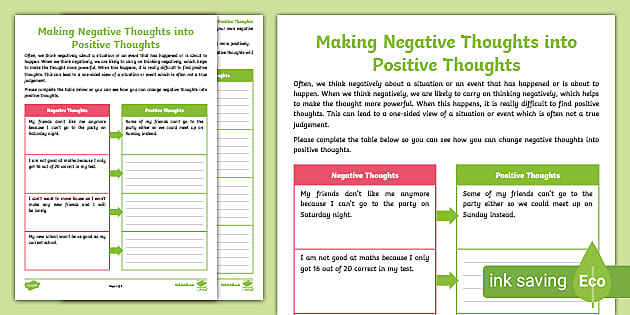
You’ll notice challenging behaviors happen less frequently when a child can effectively name their feelings/emotions and communicate them to their caregivers.
How to handle challenging behaviour. Decreasing problem behaviors •intervene with the resident before the maladaptive behaviors occur (identify precursors). Show how they feel about themselves. If they fail to respond, repeat the instruction, keeping the.
•determine the purpose the problem behavior serves. Establish important connections with the people around them. For me, taking this more empathetic approach allowed me to let go of my anger toward her, relieving myself of that negative energy and giving me the opportunity to direct more.
If possible, try to move away from the stimulation that led to the meltdown. Keeping that in mind, here is a list of common behavioral problems (as provided by zero to three) parents come across with young children, and positive ways to address them: Challenging behaviour is any behaviour that causes significant distress or danger to the person of concern or others.
Make sure everything needed to get ready is in one centralized space. Let's talk about 4 steps in managing challenging behavior. Observe and record when the behavior is occurring.
Keep your instructions simple and short (e.g. It can include an outburst of aggression, or resistant type. Communicate their needs and feelings.
Some people find a distraction can focus a person's energies elsewhere and prevent them displaying challenging behaviour. Brush teeth, get dressed, brush hair, eat breakfast, and so on. The best way to handle students in class is to be fair, consistent, and firm.




